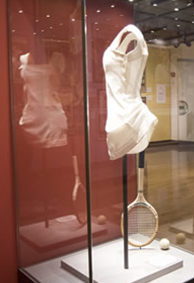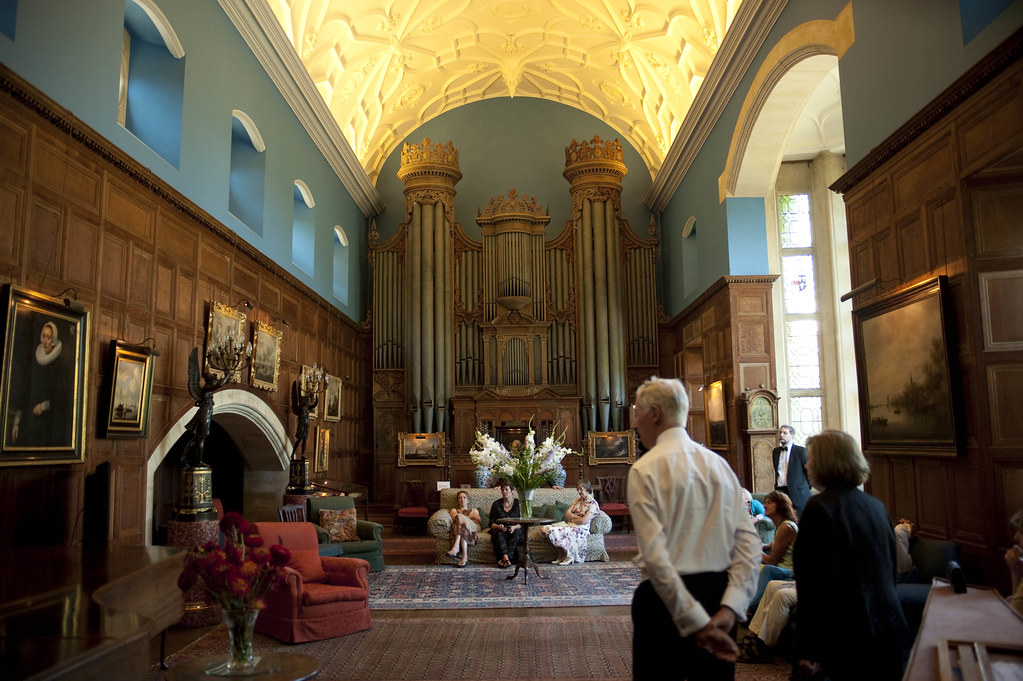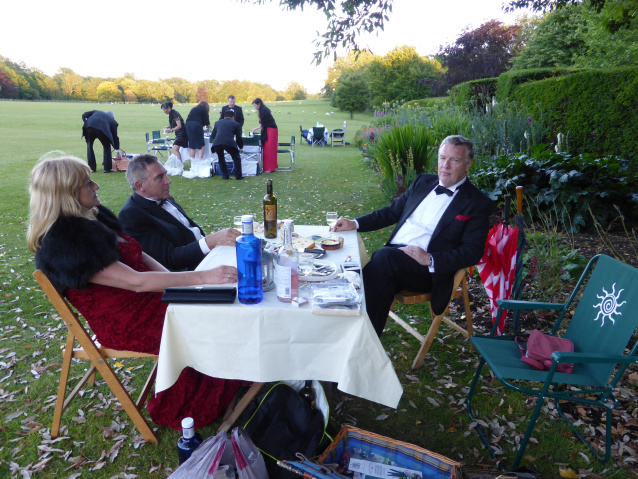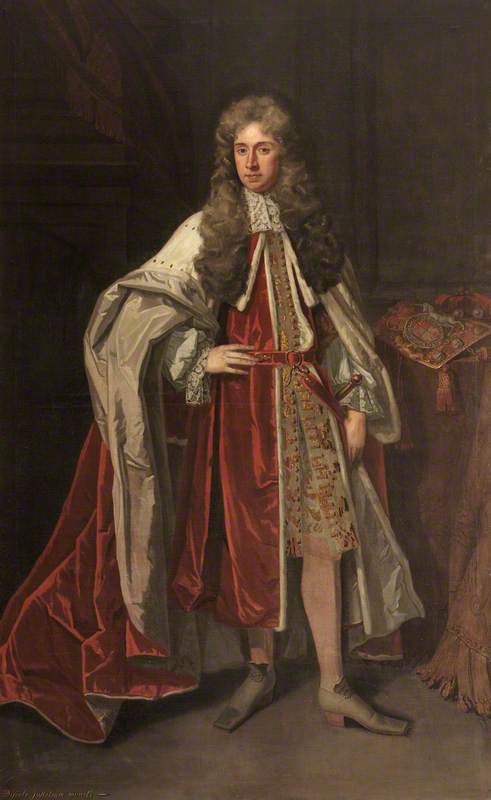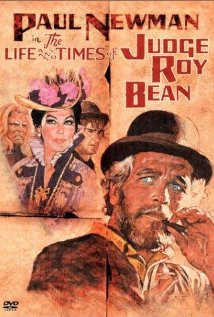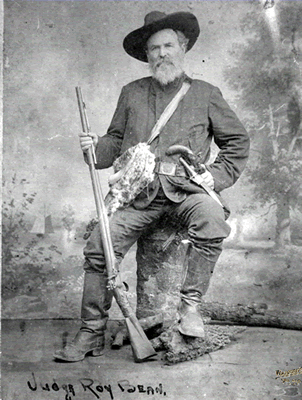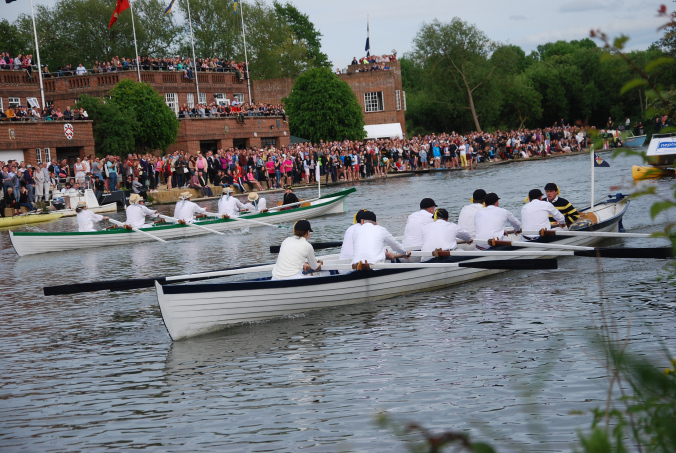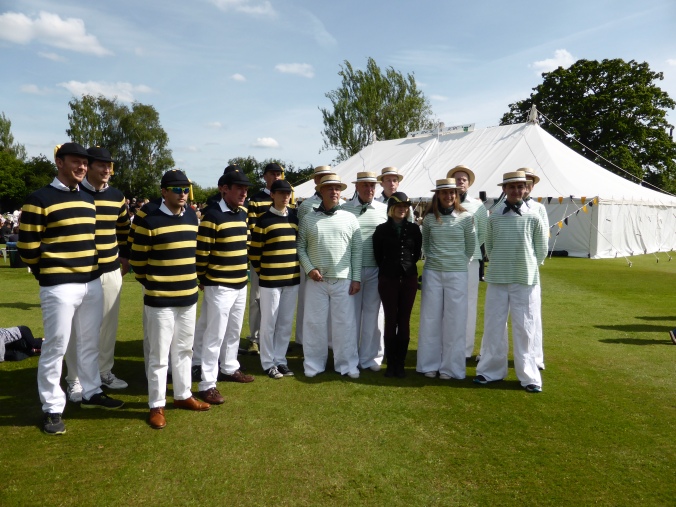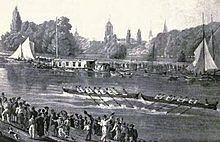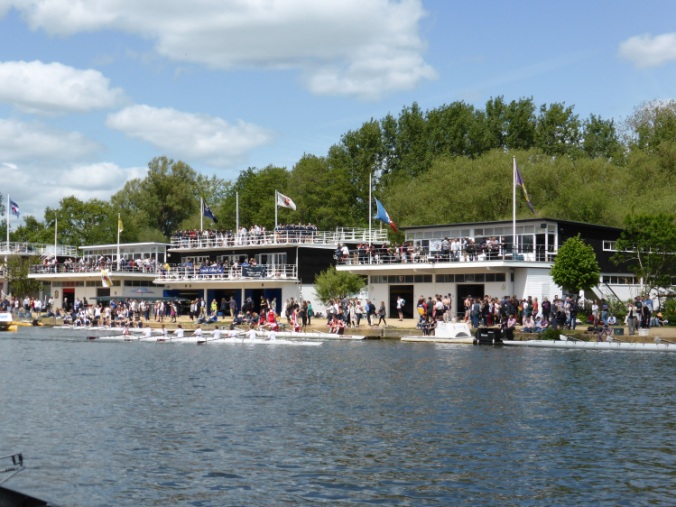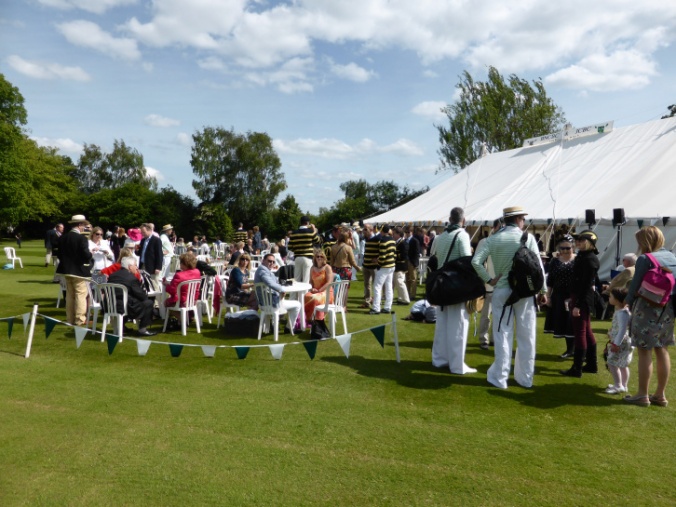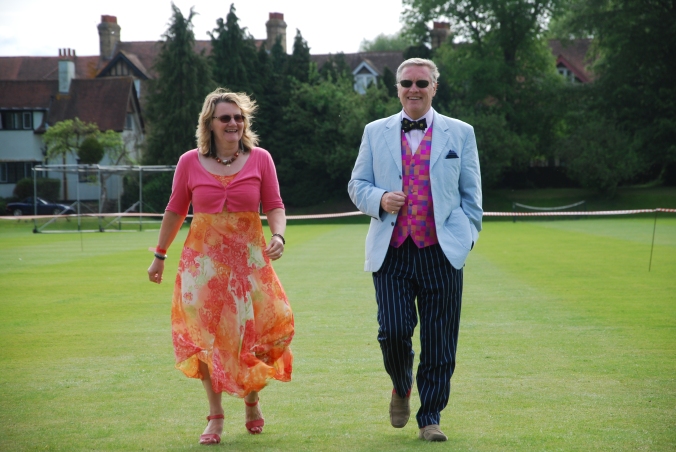THIS IS NOT so much travels in Crete, just a picture-log of two special days in Crete. The reason I’m posting this is twofold: (a) it was a great two days for Sarah and myself; and (b) I don’t have much else to tell you about at the moment (you can see I’m running out of ideas!). I won’t bore you with too much detail as many of you won’t be interested, but the pictures are quite fun (well, for Sarah and I, anyway).
The two days covered our 4th wedding anniversary in Crete (see post ‘Travels in Crete: Mochlos’, May 30, 2014). On the first day it all began early in the morning …….
Sunrise in Mochlos (6.30 am)
This first day was our actual anniversary (22nd July) and was spent on a deja vu trip. We started off at 9.00 am at ‘Nick’s place’ with champagne by his pool. Nick of the Laing (new Welsh gentry) needed to pick his boat up from Agios Nikolaos, so Sarah and I went along for the ride. And what a ride – it involved three boat trips (RIB, main cruiser boat, then dinghy). We took the RIB (Rigid Inflatable Boat) from Mochlos to Agios – Sarah referred to it as a ‘white-knuckle’ ride (she started off at the front of the RIB which was a mistake!) but it was great. Then we collected the main boat (Beneteau 46) in Agios and Nick took us back to the marina harbour where he picked us up four years ago after our wedding by the lake in Agios, and then we returned to Mochlos. The marina revisited and the return to Mochlos were the deja vu bits. So here comes the picture-log:
Champagne at Nick’s at 9.00 am!
Champagne view of Nick’s pool and beyond (I’m in the wrong business ….)
Picking up the RIB in Mochlos for the ‘white-knuckle’ ride to Agios Nikolaos
The harbour at Agios Nikoloas where we were picked up by Nick 4 years ago….
At the end of the journey back in Mochlos – transporting to the dinghy from the main boat to go ashore was probably the most difficult part!
The following day we actually celebrated the anniversary (a day late as Nick was not available on the previous evening). It was a good turn out for the evening dinner at Koxilia, including, as ever, our good Greek friends from Mochlos Mare (Panayiotis, Sterei, Yiorgos & Demeter) where we stayed on our wedding night four years ago; also Willie & Liz from Istron (down the road a bit); Tina, Tristan & Deanna from the archaeological school at Pachia Ammos; Nick, his daughter Caren, her husband Martyn, and their children Milly & Lucy from Wales. Fortini joined us briefly, and so did a musician called Niko who played for us for a glass of raki – no idea who he was or where he came from – or where he went!
Lucy & Milly and Niko, the ‘impromptu’ musician
Martyn’s selfie – of us all (well, nearly!)
Sarah and I (and Nick) left Koxilia around 12.30 am and headed for Bar Raki. We had a fabulous evening with great company and got home at 3.30 in the morning. We had a ‘quiet next day’ – certainly didn’t get up in time for another sunrise – but had another full moon rising the following week:
Full moon rising from Koxilia’s (9.00 pm)
.
Artemus Smith’s Notebooks
I have discovered another volume of Artemus’ notebooks (followers will recall Dr Artemus Smith was an archaeologist of great courage, determination and fiction). Here is another extract:
Being over 60 I was complaining to my good friend, Randolph Peabody-Gryppe that I was feeling somewhat unfit. He sent the following instructions to remedy the situation:
Begin by standing on a comfortable surface, where you have plenty of room at each side.
With a 5-lb potato bag in each hand, extend your arms straight out from your sides and hold them there as long as you can. Try to reach a full minute, and then relax. Each day you’ll find that you can hold this position for just a bit longer.
After a couple of weeks, move up to 10-lb potato bags.
Then try 20-lb potato bags and for those of you who feel really strong, try to get to where you can lift a 40-lb potato bag in each hand and hold your arms straight for more than a full minute.
After you feel confident at that level, put a potato in each bag.





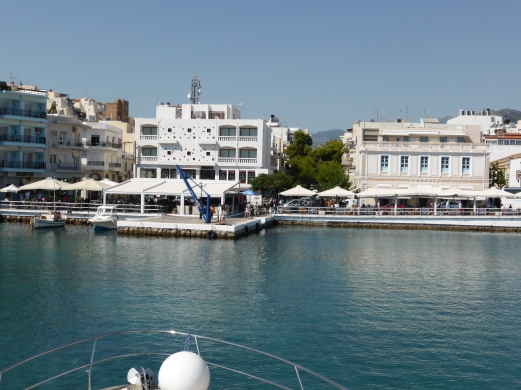




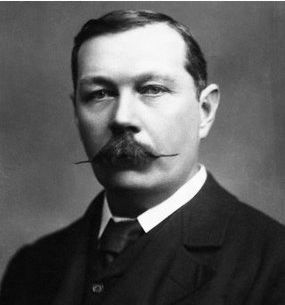







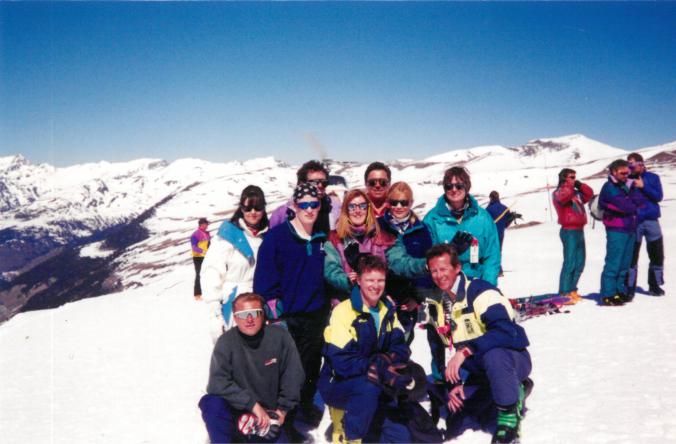



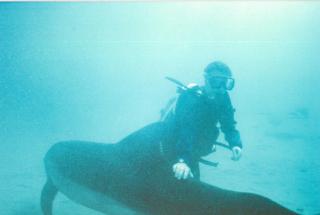



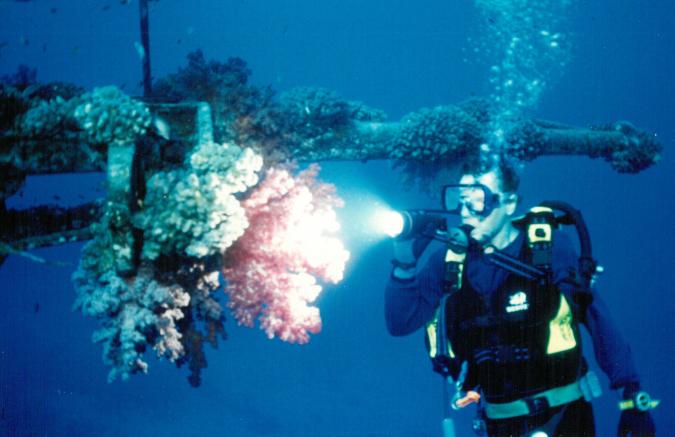
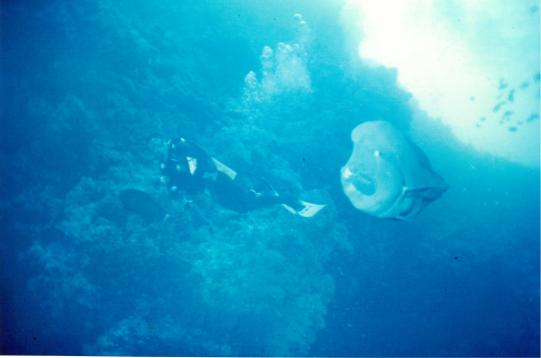




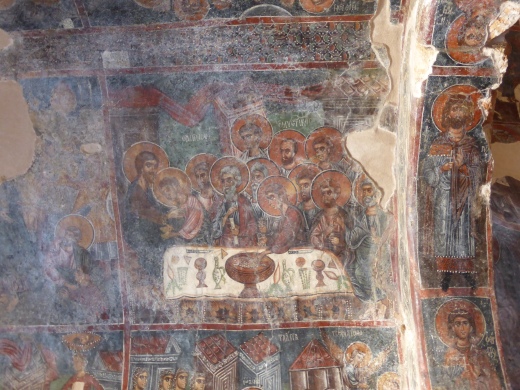
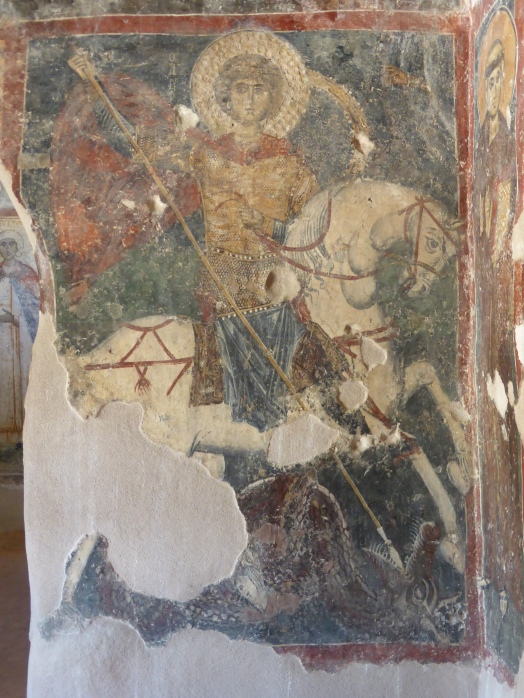

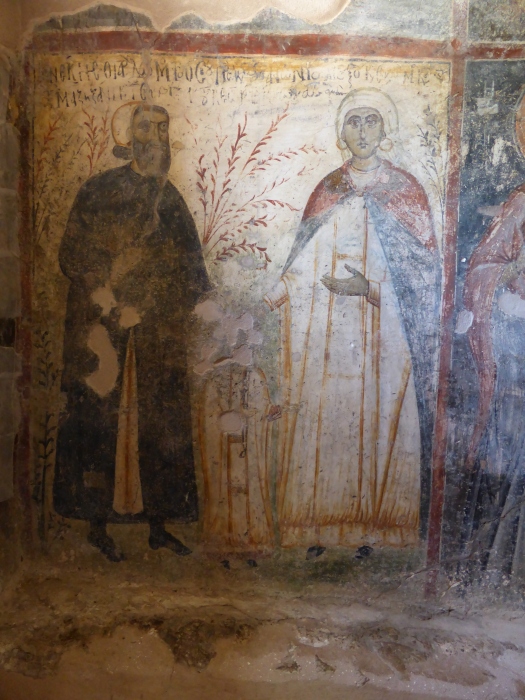
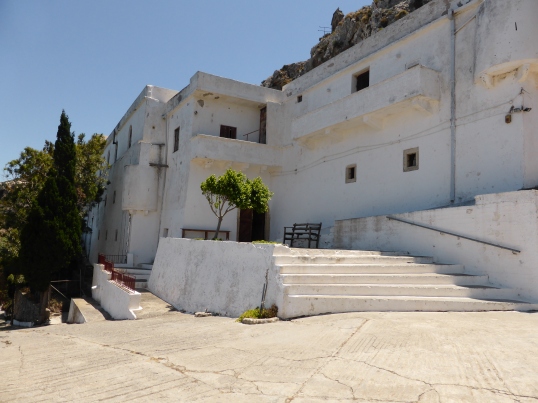
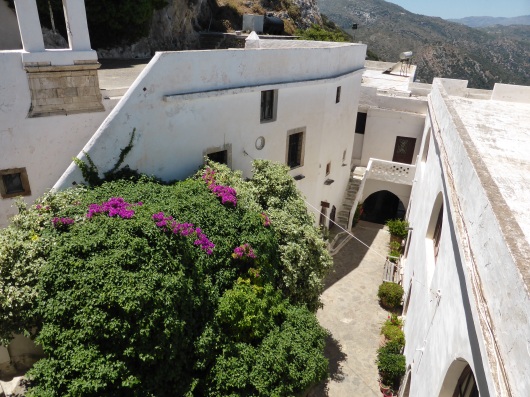
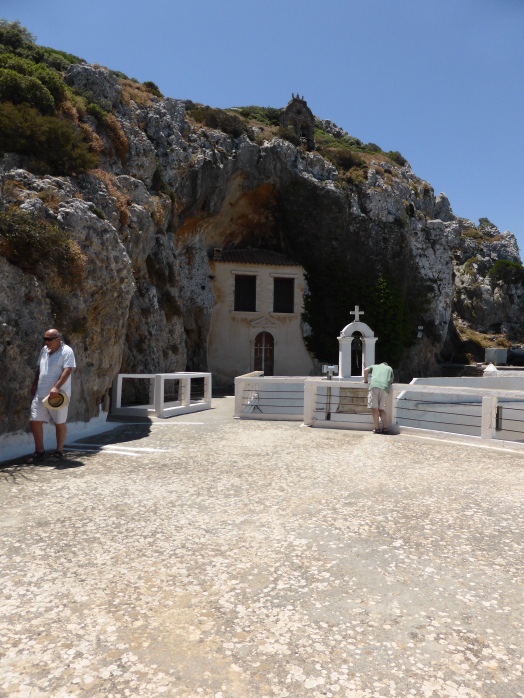
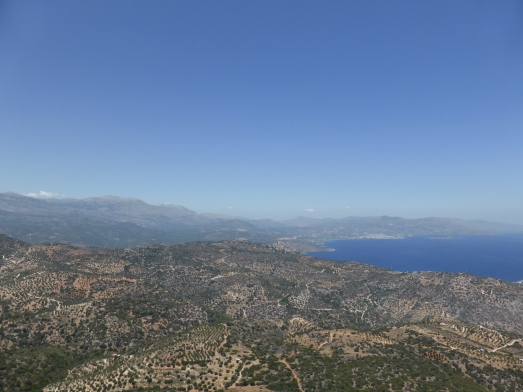
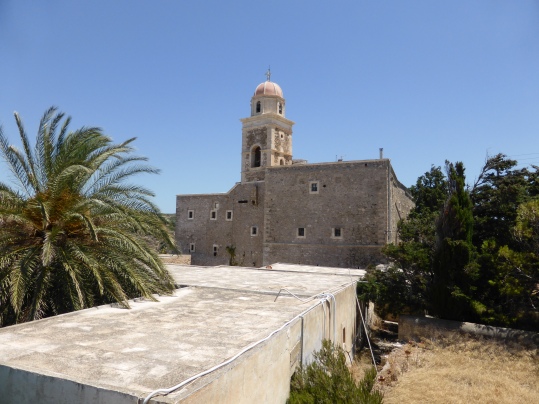
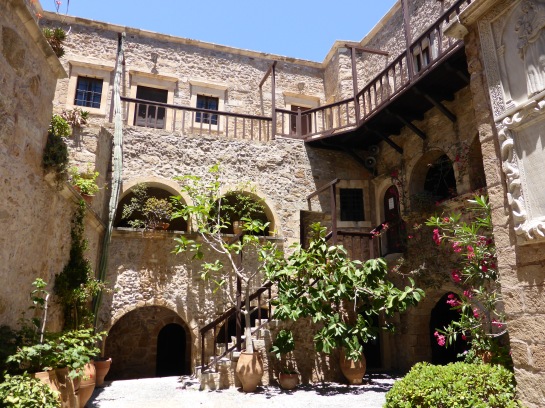
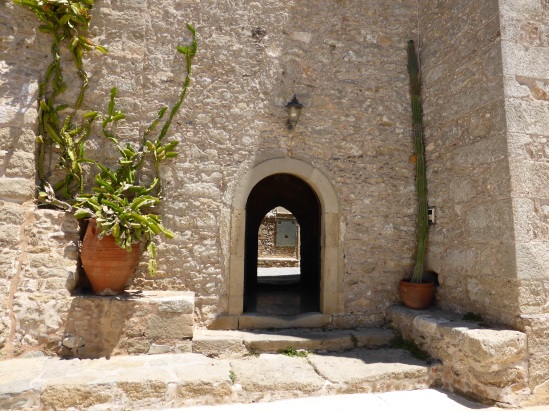
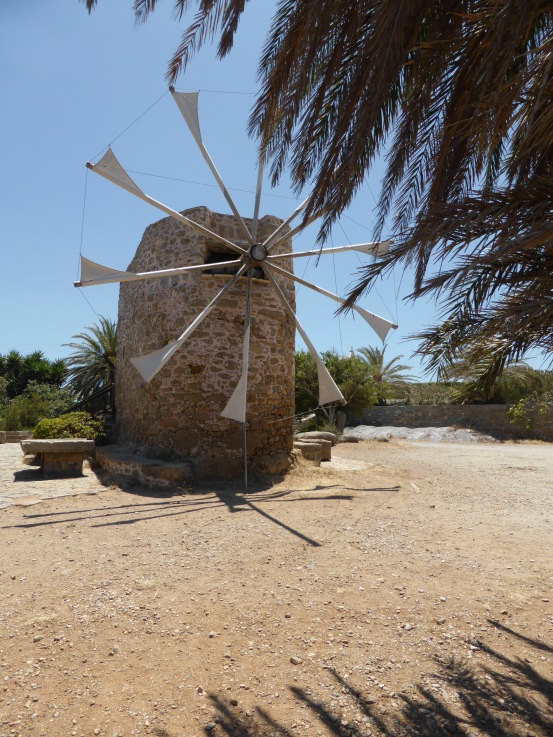
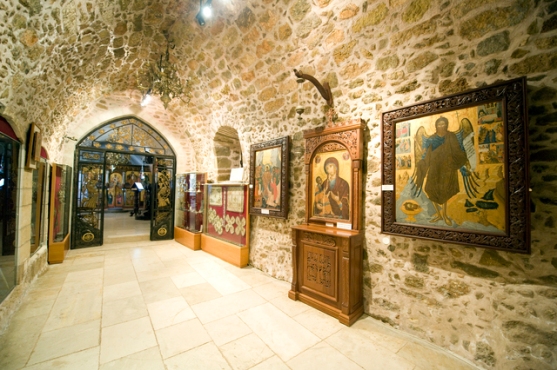
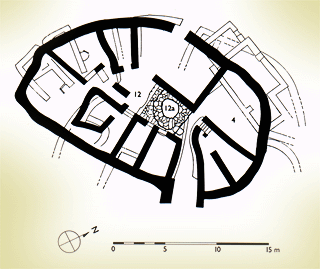
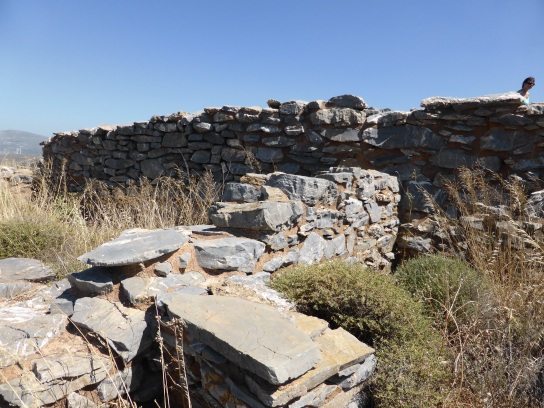
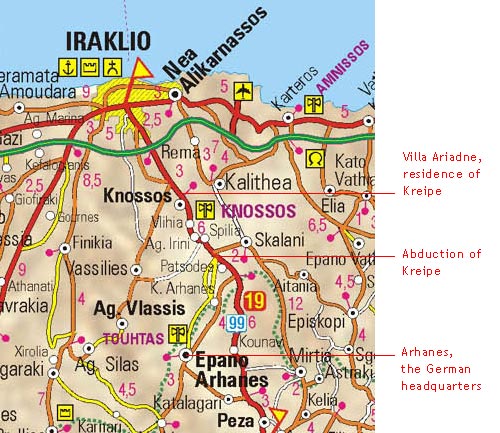
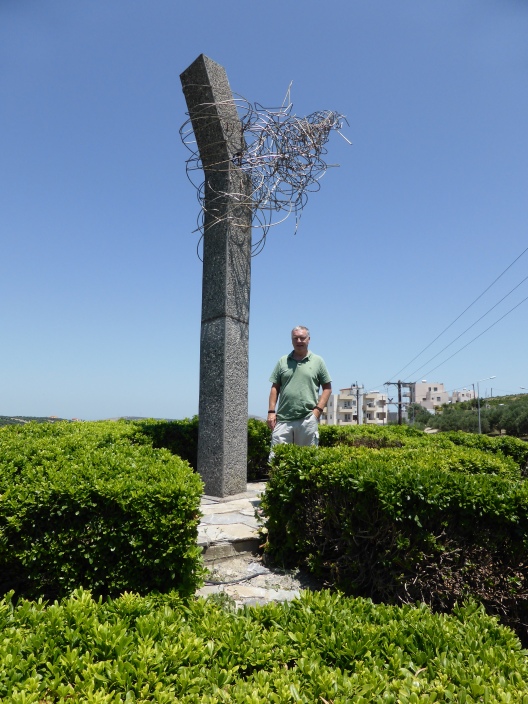
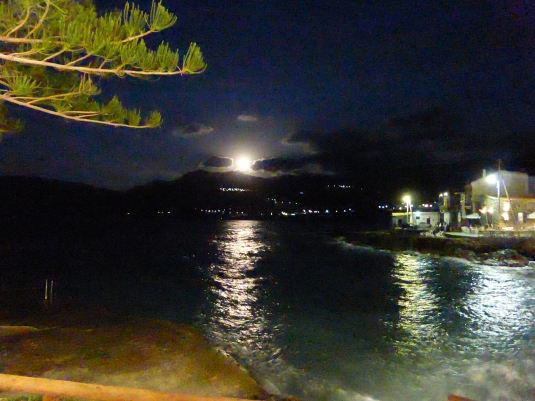

 Some of the Stewards (I’m not among them)
Some of the Stewards (I’m not among them)

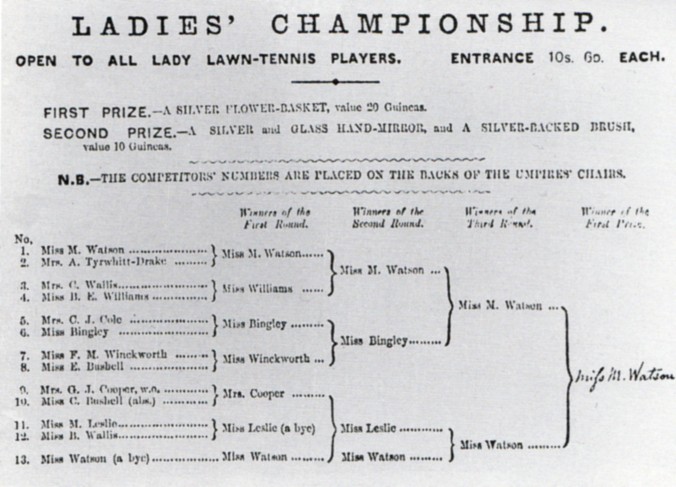
 Ladies at Wimbledon from 1884 – their silver ‘Rosewater Dish’ was introduced 2 years later (women’s skirts have changed a bit over the years!)
Ladies at Wimbledon from 1884 – their silver ‘Rosewater Dish’ was introduced 2 years later (women’s skirts have changed a bit over the years!)
